This is a super fun book. Even though it was published before The Power of Positive Leadership, I read it afterwards. This is written as a fable – a tale of a bus full of positive people with positive energy and their impact on a rather negative man whose life is not going the way he […]
Year Read: 2022
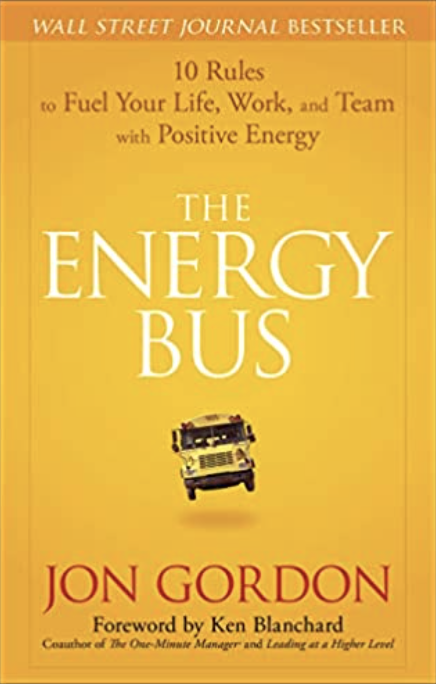
The Energy Bus: 10 Rules to Fuel Your Life, Work, and Team with Positive Energy
Jon Gordon
2007
Read: 2022
Education/Leadership, Non-Fiction
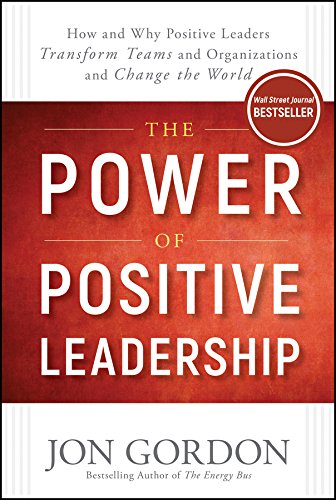
The Power of Positive Leadership
Jon Gordon
2017
Read: 2022
Education/Leadership, Non-Fiction
When I started as superintendent of the Placentia – Yorba Linda Unified School District, they had already adopted the theme of positive leadership for the year. I read Jon Gordon’s Positive Leadership as I explored the theme. Those of you who know me know that I am extremely optimistic and relentlessly positive. Unlike Candide, I do not […]
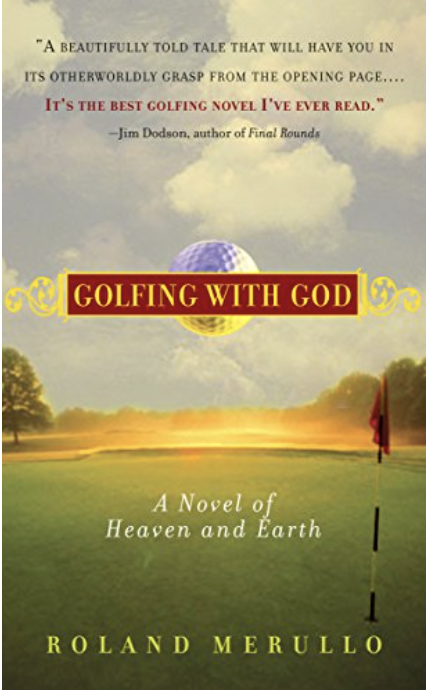
Golfing with God: A Novel of Heaven and Earth
Roland Merullo
2005
Read: 2022
Fiction, Spirtuality
I bought this book because I loved Roland Merullo’s Breakfast with Buddha, and I love golf. Not nearly as impactful as the Breakfast book, but light and enjoyable. The idea of deities caring about sports such as baseball and golf is a so far fetched in my book, but again, fun to read. My favorite line: “I should […]
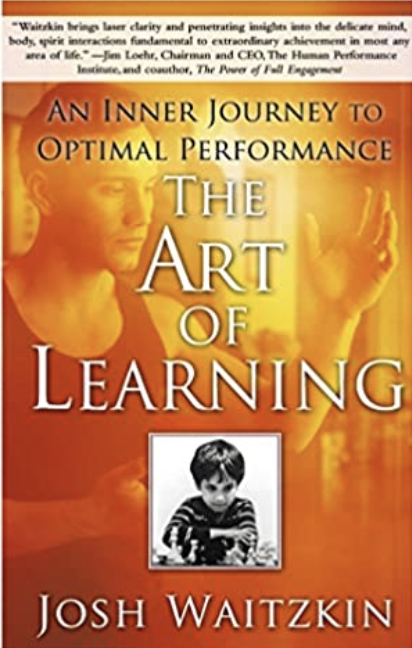
The Art of Learning: An Inner Journey to Optimal Performance
Josh Waitzkin
2007
Read: 2022
Education/Leadership, Non-Fiction
This is yet another book recommended by Scott Fawcett, inventor of DECADES golf. It’s written by Josh Waitzkin who was the kid featured in In Search of Bobby Fisher movie that came out in 1993. He was a chess prodigy, and though he never conquered the world, he was among the best of the best. […]

The Art of Scoring: The Ultimate On-Course Guide to Short Game Strategy and Technique
Stan Utley
2009
Read: 2022
Non-Fiction
I think the way that I learned about this book was through a golf learning program called Decades Golf, taught by Scott Fawcett. I believe he said this book was one of his go to’s. Like Fawcett, he believes that if average golfers kept their swing the same and made no other improvements, walking around […]
Walking in Wonder: Eternal Wisdom for a Modern World
John O'Dohohue
2015
Read: 2022
Education/Leadership, Non-Fiction
My friend Tom recommended this book to me this year. Tom is a fellow superintendent who plans to retire at the end of 2022. He is a talented leader, a musician, and on top of that, a very reflective person. He found this book meaningful to him as he was embarking upon his new journey […]
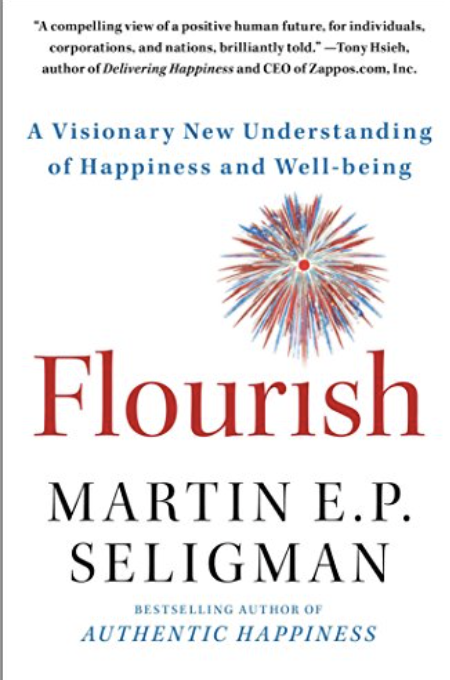
Flourish: A Visionary New Understanding of Happiness and Well-Being
Martin Seligman
2011
Read: 2022
Education/Leadership, Non-Fiction
Martin Seligman is on a mission to change the very nature of psychology. While he looks at drugs and Freudian psychology as techniques that can at least mask and perhaps address the problem, he sees positive psychology as a way for everyone to grow. He does not want to treat PTSD, instead he wants to […]
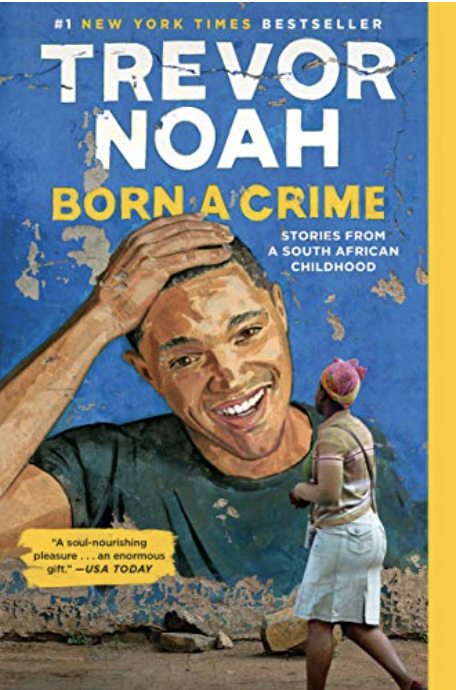
Born a Crime: Stories from a South African Childhood
Trevor Noah
2019
Read: 2022
Non-Fiction
What a life. Those of you who watch the Daily Show (Jon Steward/Steven Colbert/Trevor Noah) know what intelligence, empathy, humor, and wit and takes to lead that effort. Trevor Noah has all of that. But I expected this book to be laugh out loud humorous. He finds a way to lighten it, and there’s humor […]
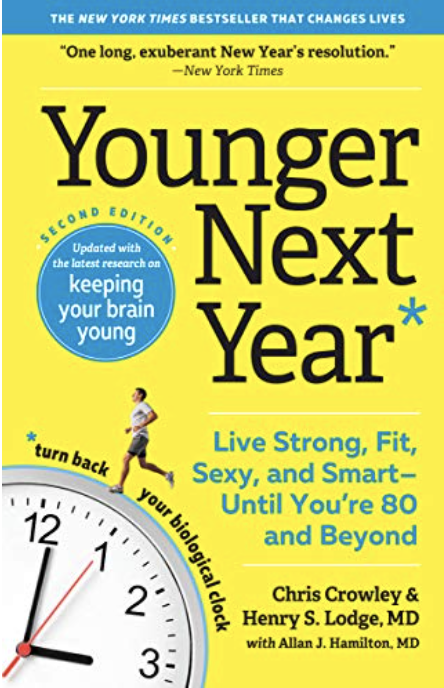
Younger Next Year: Live Strong, Smart, Sexy, and Fit – Until You’re 80 and Beyond
Read: 2022
Non-Fiction, Reading Now
Younger Next Year is a book I keep coming back to. I forget who first turned me on to it, but I read it in my mid-fifties, and it continues to inspire me. The bottom line is that at some point, sometime in our forties or fifties, our bodies want to get old and decay. […]
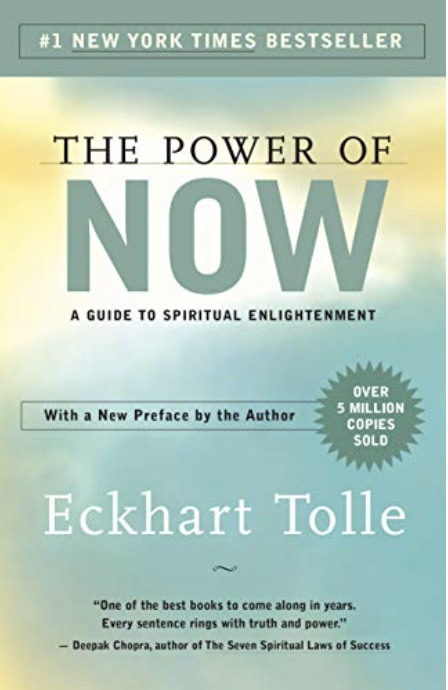
The Power of Now: A Guide to Spiritual Enlightenment
Eckhart Tolle
2010
Read: 2022
Non-Fiction, Reading Now
I’m not sure why I haven’t added this book until now. I’ve been reading it and re-reading it for years, and it has helped me through many a stressful time. I love the references to all of the world’s major religions. The main premise is rather Buddhist in nature, seeking the end of suffering through […]